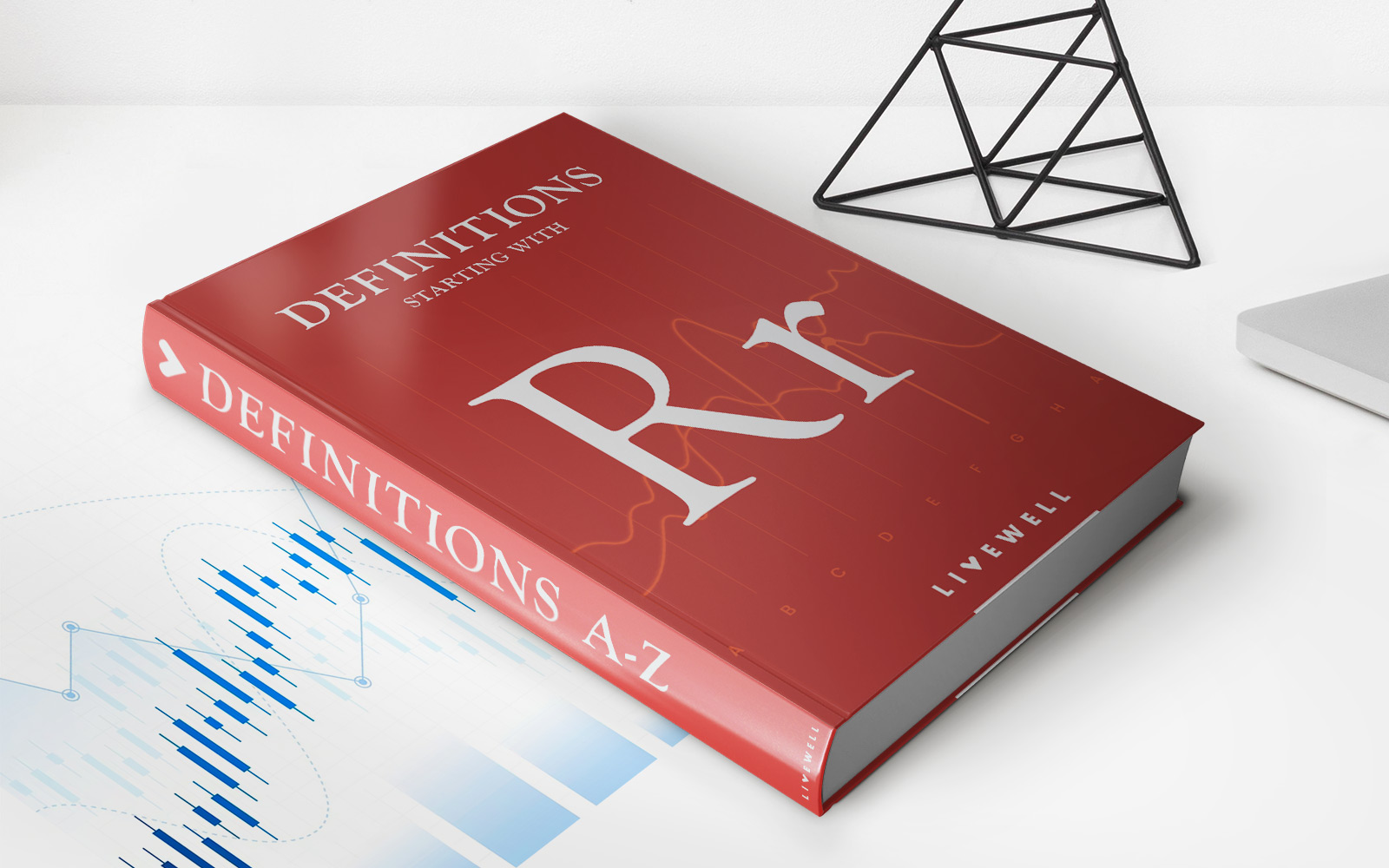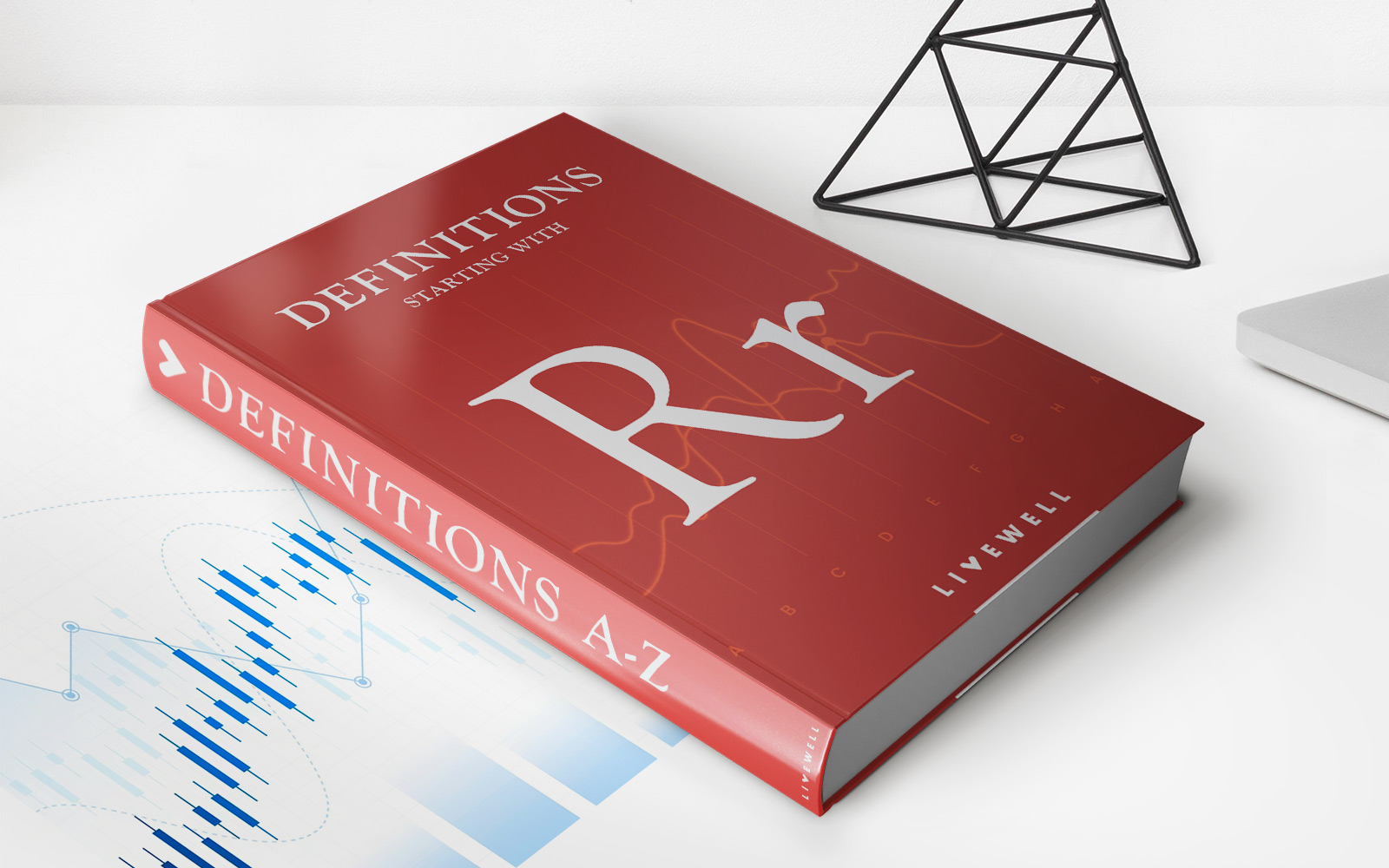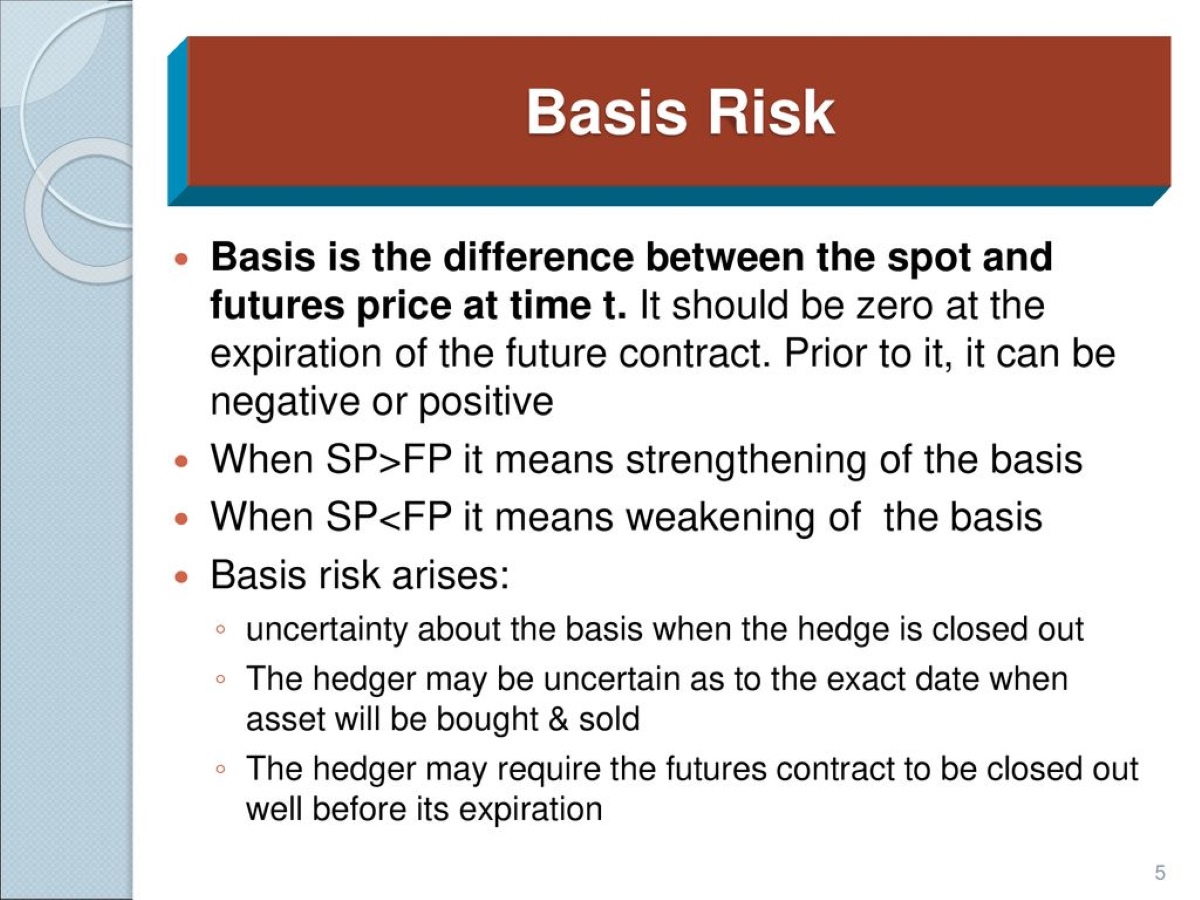

Finance
Unamortized Bond Discount Definition
Published: February 12, 2024
Looking for the definition of unamortized bond discount in finance? Get a clear understanding of this financial term and its implications on investments.
(Many of the links in this article redirect to a specific reviewed product. Your purchase of these products through affiliate links helps to generate commission for LiveWell, at no extra cost. Learn more)
Understanding Unamortized Bond Discount Definition
Welcome to our “FINANCE” category, where we delve into various financial concepts to help demystify the world of personal and business finance. In this article, we will explore the unamortized bond discount definition and its significance in the world of investing and corporate finance.
Key Takeaways:
- Unamortized bond discount refers to the difference between the face value of a bond and its current market value.
- This discount arises when a bond is issued at a price lower than its face value, due to factors such as prevailing interest rates and market conditions.
Now, let’s dive into the concept of unamortized bond discount and understand why it matters.
When a company or government entity issues a bond, it sets a face value for that bond, which represents the amount that will be repaid to the bondholder at maturity. The actual market value of the bond, however, may be influenced by a variety of factors, including interest rates, inflation expectations, and the creditworthiness of the issuer. If the market value of the bond is lower than its face value, a bond discount exists.
The unamortized bond discount is the amount of this discount that remains unchanged on the company’s balance sheet until the bond matures. Essentially, it represents the difference between the carrying value and the face value of the bond. The carrying value is the amount the issuer initially received for the bond, adjusted for any amortization of the discount.
Now, you might be wondering why the unamortized bond discount is important. Here are a couple of key reasons:
1. Financial Reporting:
For companies that issue bonds, the unamortized bond discount must be correctly accounted for and reported on the balance sheet. This information provides investors, creditors, and other interested parties with insights into the financial health and leverage of the company. It also impacts the company’s debt-to-equity ratio, interest expense calculations, and overall financial performance.
2. Tax Deductibility:
In some cases, the unamortized bond discount may be tax-deductible. When a bond issuer pays interest to bondholders, they can expense the amortized portion of the bond discount as interest expense on their tax returns. This can reduce the issuer’s tax liability and improve their cash flow.
In conclusion, understanding the unamortized bond discount definition is crucial for both investors and issuers in the world of finance. It plays a significant role in financial reporting and tax planning, and knowing how to account for this discount correctly can have a meaningful impact on a company’s financial standing. So, whether you are an investor or finance professional, it’s important to grasp this concept to make informed decisions and navigate the dynamic world of bonds successfully.














